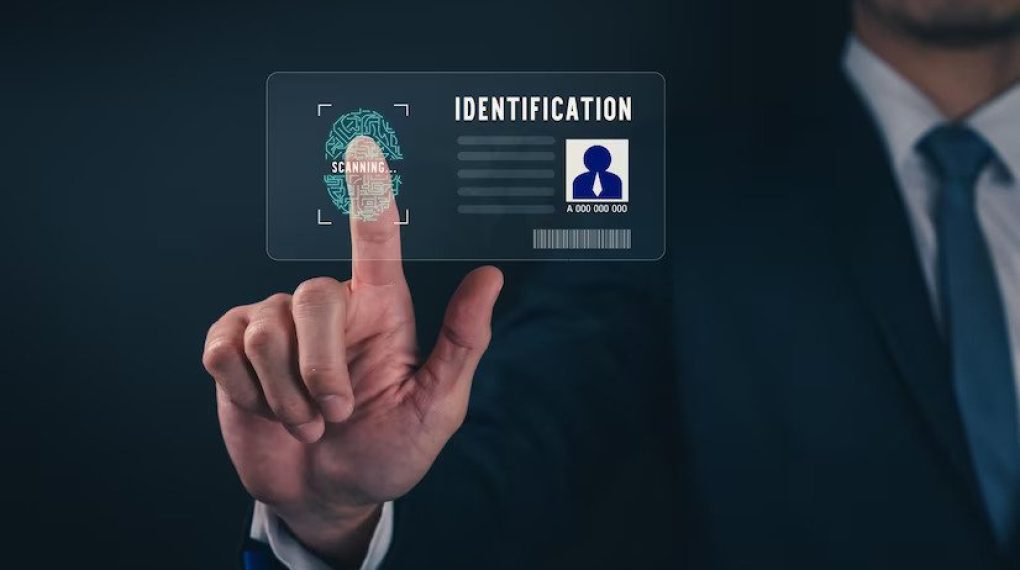
In today’s digital age, the security of personal and sensitive information is of paramount importance. Cybercriminals continually develop new tactics to exploit vulnerabilities and gain unauthorized access to confidential data.
One such method is Sigma and credential harvesting, a rising threat that poses significant risks to individuals and organizations alike. In this article, we will explore the nature of Sigma attacks, the mechanics of credential harvesting, and the steps individuals and businesses can take to protect themselves from these cyber threats.
Understanding Sigma Attacks
Sigma attacks are a sophisticated form of cyberattack that involve the manipulation of email communication systems. This type of attack typically targets high-profile individuals or organizations and aims to gain unauthorized access to sensitive information or financial resources. Sigma attacks exploit vulnerabilities in email protocols and use various social engineering techniques to deceive victims into disclosing their login credentials or installing malware.
The mechanics of a Sigma attack involve a series of carefully orchestrated steps. Initially, the attacker gains access to the target’s email account through a variety of methods, such as spear-phishing or exploiting weak passwords. Once inside the account, the attacker can monitor and intercept incoming and outgoing emails, manipulate content, and redirect messages to unauthorized recipients. This unauthorized access provides the attacker with a wealth of information, enabling them to further exploit the victim or carry out other malicious activities.
Credential Harvesting: Unveiling the Threat
Credential harvesting, also known as password harvesting, is a technique employed by cybercriminals to steal login credentials from unsuspecting users. This method often targets individuals who reuse passwords across multiple accounts or have weak password practices. The objective is to gather a collection of login credentials that can be used to gain unauthorized access to various online services, financial accounts, or sensitive systems.
Cybercriminals employ various tactics to harvest credentials. Phishing attacks, for example, involve tricking users into entering their login credentials on fake websites that resemble legitimate platforms. These fraudulent websites capture the entered information, providing the attacker with the victim’s credentials. Other methods include keylogging, where malware records keystrokes, or using brute-force attacks to crack weak passwords.
Safeguarding Against Sigma and Credential Harvesting

To protect against Sigma attacks and credential harvesting, individuals and organizations should implement robust security measures.
Here are some key steps to consider:
1. Strong Passwords:
Use unique and complex passwords for each account, utilizing a combination of letters, numbers, and special characters. Employ a password manager to securely store and generate strong passwords.
2. Multi-Factor Authentication (MFA):
Enable MFA wherever possible to add an extra layer of security. This ensures that even if an attacker obtains login credentials, they would still need an additional authentication factor to gain access.
3. Security Awareness Training:
Educate employees and individuals about the risks associated with Sigma attacks and credential harvesting. Offer regular training on identifying phishing attempts, recognizing social engineering techniques, and practicing safe online behavior.
4. Email Security:
Implement email security solutions that can detect and block suspicious emails, preventing unauthorized access and manipulation of email accounts.
5. Regular Software Updates:
Keep software and operating systems up to date to patch vulnerabilities that could be exploited by cybercriminals.
6. Monitoring and Incident Response:
Establish a robust monitoring system to detect any suspicious activity, and have an incident response plan in place to swiftly respond to and mitigate any security incidents.
Detecting and Mitigating Sigma Attacks
Detecting and mitigating Sigma attacks requires a proactive and multi-layered approach to cybersecurity. Here are some strategies to consider:
A. Email Authentication:
Implement email authentication protocols such as DomainKeys Identified Mail (DKIM), Sender Policy Framework (SPF), and Domain-based Message Authentication, Reporting, and Conformance (DMARC) to verify the authenticity of incoming and outgoing emails. These protocols help prevent email spoofing and mitigate the risk of unauthorized access.
B. Email Filtering and Threat Intelligence:
Utilize advanced email filtering solutions that can identify and block suspicious emails, including those associated with Sigma attacks. These solutions leverage threat intelligence to analyze email metadata, content, and sender reputation to identify potential threats.
C. User Training and Awareness:
Educate users about the tactics employed in Sigma attacks, such as spear-phishing and social engineering. Teach them how to identify suspicious emails, recognize red flags, and report any potential security incidents promptly.
D. Endpoint Security:
Implement robust endpoint security solutions that can detect and block malware or suspicious activities on devices. Regularly update antivirus and anti-malware software to ensure protection against the latest threats.
E. Incident Response and Recovery:
Develop an incident response plan that outlines the steps to be taken in the event of a Sigma attack. This plan should include procedures for isolating compromised accounts, conducting forensic analysis, and restoring systems to a secure state.
Strengthening Credential Security

To enhance credential security and mitigate the risk of credential harvesting, consider implementing the following measures:
1. Password Management Best Practices:
Encourage users to follow password management best practices, such as using unique and complex passwords for each account, regularly changing passwords, and avoiding the use of easily guessable information.
2. Two-Factor Authentication (2FA):
Enable 2FA or multi-factor authentication wherever possible. This adds an additional layer of security by requiring users to provide a second form of authentication, such as a temporary code or biometric data, along with their password.
3. Passwordless Authentication:
Explore passwordless authentication methods, such as biometrics or hardware tokens, which eliminate the need for passwords altogether. These methods offer enhanced security and convenience for users.
4. Account Monitoring:
Regularly monitor user accounts for any suspicious activities, such as multiple failed login attempts or unusual login locations. Implement user behavior analytics tools that can identify anomalous behavior and trigger alerts for further investigation.
5. Security Awareness Training:
Conduct regular security awareness training sessions to educate users about the risks of credential harvesting and the importance of maintaining strong and secure login credentials.
By adopting a comprehensive approach that combines technological solutions, user education, and proactive monitoring, businesses and individuals can significantly reduce the risk of falling victim to Sigma attacks and credential harvesting.
Conclusion
As technology continues to advance, so do the tactics employed by cybercriminals. Sigma attacks and credential harvesting pose significant threats to individuals and organizations in the digital landscape.
It is crucial for individuals, businesses, and tech professionals to remain vigilant, proactive, and informed to safeguard against these evolving cyber threats. If you would like to be more informed about protecting yourself from Sigma attacks and credential harvesting, click here to access additional resources, guides, and expert advice on cybersecurity best practices.
By understanding the nature of Sigma attacks and the mechanics of credential harvesting, individuals can better identify potential risks and take appropriate measures to protect their sensitive information. Implementing robust security measures, such as strong passwords, multi-factor authentication, and email filtering, can significantly mitigate the risk of falling victim to these cyber threats.
Read Also:






